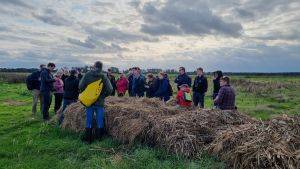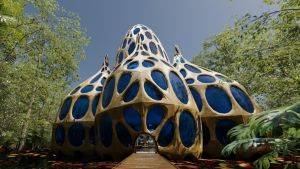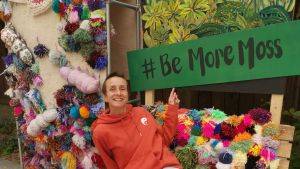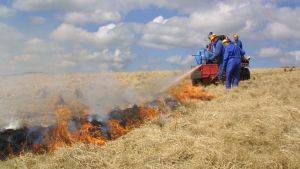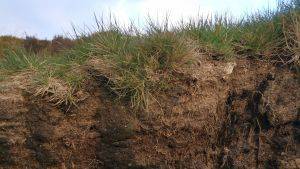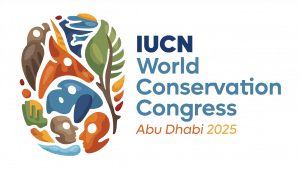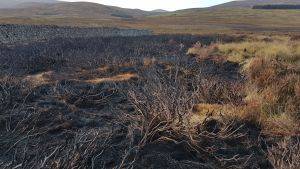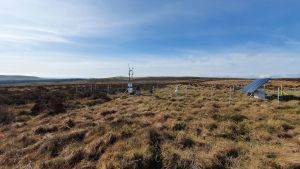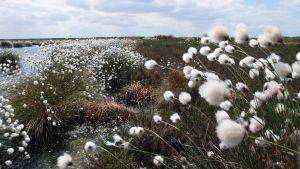Messy Bogs, Orderly Frames
Introduction
The objective of this project was to enhance the visitor use and understanding of the reserve without compromising the nature conservation value of the various habitats.
Description
Originally the bed of a shallow loch, Red Moss of Balerno is a lowland raised mire on the outskirts of Edinburgh, a city of over 450,000 people. Its domed top includes several species of Sphagnum moss including some areas with the two classic raised mire peat builders S. papillosum and S. magellanicum. Red Moss is enjoyed by casual visitors as well as specialist naturalist groups, local friends groups, school parties and researchers.
Project Aims
370 m of disabled access boardwalk made wider with ‘passing places’ •Platform area near small pond constructed to create a pond dipping zone, offering the visitor non-invasive, easy and safe access to observe wildlife •Access path upgraded with hardcore to allow easier wheelchair user access •Threshold signs installed to encourage walkers using a road passing nearby to visit the site •Interpretation panels installed providing information on the history of the bog, the biodiversity of the habitat and the importance of management and conservation •New dams installed within view of the boardwalk to allow visitors to see restoration at first hand •The site was also promoted on the Scottish Wildlife Trust website, in the local press and in local newsletters
Restoration Delivered
Access - providing access to a unique habitat to a wide range of users of all ages and abilities who would, or could, not otherwise experience such a place •Community - improvement in community life including increased engagement of Friends of groups and local Scottish Wildlife Trust members •Education - creation of a new educational resource for local schools through the simple provision of a dipping platform and some interpretation (with more information on the web) •Protection – through focusing visitors onto the boardwalk the project has successfully protected the mire surface, sensitive plants and breeding birds
Site Activity
The most important lesson is that ‘framing’ a raised bog such as Red Moss using interpretation panels, threshold signs and accessible boardwalk provides ‘cues to care’ to the public (Nassauer, 1995) . For some sites where tree felling might be required for restoration, such cues might be an essential prerequisite before major works take place. The framing of the site takes people on a learning journey, particularly local people who visit the area regularly and now fully understand the importance of the site and how it is being restored. No baseline figures for numbers of visitors were available so quantitative data on changes in visitor numbers is not available. The Scottish Wildlife Trust has recognised that this was a shortcoming and would recommend such visitor data is collected when carrying out access projects of this kind, perhaps combined with a Social Return on Investment exercise. Casual observations and interviews with local people all suggest that the access improvements have led to a significant increase in numbers from an estimated 5,000 a year to 7,500 a year. Finally the site has become something of a ‘media star’ regularly used for radio and TV interviews on wetland / peatland issues due to its proximity to Scotland’s capital city.
{"zoom":12,"lat":55.865353,"lon":-3.3342083,"markers":{"0":{"lat":55.86477504,"lon":-3.331461718}}}
Project Name: Messy Bogs, Orderly Frames
Organisation / Lead partner: Scottish Wildlife Trust
Approximate area covered: 23 ha
Predominately: Lowland
Peat Habitats: Lowland raised bog

